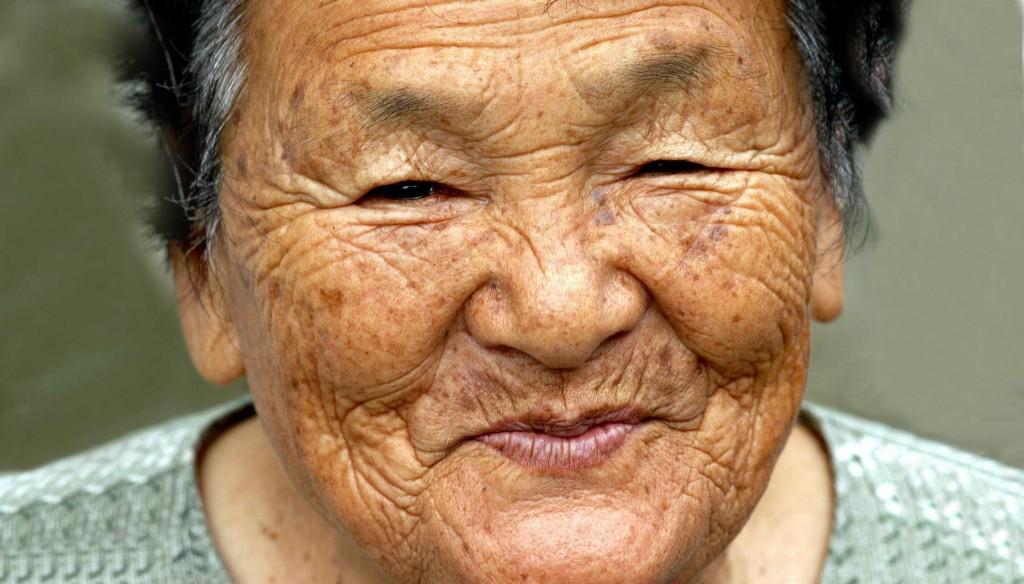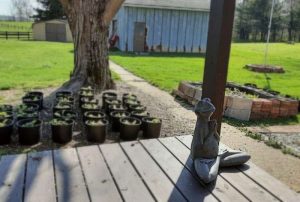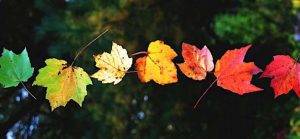
The term “old people” is a stigma in contemporary Western society. Unless you are wealthy, famous or politically influential, it is a horrible title to inherit. No one wants to be old, least of all women and young people: the fashion and cosmetics industries have unanimously condemned this perfectly natural period of human life. They shrilly howl for we human beings, incredibly diverse to begin with, to be stuck in a single short period of our lives: our twenties (or even in our teen years). What insanity is this? We should be taught that we are beautiful in and of ourselves, and that it is the media and society that have gotten things topsy-turvy. I know this, because I struggle not to shake my head when I see anti-aging products advertised as the savior of humanity. Saving us from our self-respect, perhaps! My heart breaks when I see cosmetic surgery promoted as a “must” in every woman’s life – of course, in quite a few instances surgery can be important, especially for health or safety reasons, but when we are bombarded day and night to have surgery for our looks or age, we are not doing it for our so-called “fulfillment.” In reality, we are arbitrarily changing ourselves for an industry that brainwashes us into believing that we cannot exist, as the human beings we are, without them.
But isn’t it truer that without us, they cannot exist? And without us believing them, they cannot make their profits? Why do we let them hold our ideas of beauty hostage? Enough is enough.
It is time to be free to grow old and celebrate oldness without reserve.
In Buddhism, we too quickly relate “respect for the elderly” or “respect for seniors” with the Chinese tradition of Buddhism, which is inaccurate. Buddhism has always respected seniority: simply refer to the rules of good relationships between young and old monks in the Vinaya. In the Larger Pure Land S?tra, respect to one’s elders is one of the virtues the Buddha laments that this world-system has lost in the Dharma-Ending Age. Of course, the Pure Land tradition has had an incredible impact on East Asian society, and its emphasis on respect for seniority has resonated quite smoothly with Confucian values in China. Nevertheless, as both the Large and Smaller Sukh?vati texts were not composed in China, but in the northwestern regions of India, we can be fairly certain that we Chinese do not have a monopoly over the poorly translated word, “filial piety.”
Universally, Buddhism teaches respect and reverence for those who are more experienced than we are. But we need to go beyond even this. The spectrum of beauty is far too narrow in our youth-focused media. We fetishize boys and girls as young as ten (which is rather insidious) while tossing people’s beauty away (they don’t lost it – we just disregard it) after they pass forty. Perhaps this might have had some modicum of relevance in darker ages where most people did not live beyond forty or fifty. But if we believe in progress, surely our ideals of what is “beautiful” need to advance as well.
Why should we strive to hide our wrinkles? Is it a symptom of our chronic fear of impermanence (which the Buddha himself admitted is very hard to uproot in human beings)? But perhaps we should reorient ourselves to wrinkles: since impermanence is never going away, let’s not worry about that, and focus on the fact that wrinkles are proof of a life hard-won and hard-fought in the conditions of sa?s?ra. Wrinkles are like that certificate which qualifies you to share your hard-won experience with others. For our own benefit, it is time to reframe the discourse of old age, to celebrate it as a rite of passage through sa?s?ra that all need to go through in order to serve as teachers of wisdom and virtue.
Only then can we hold our heads high and be proud and declare we are truly beautiful.












